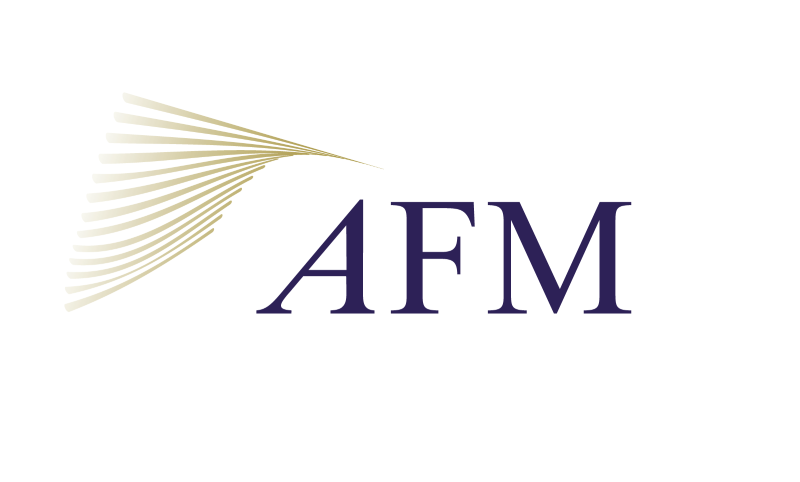After the longest bull market in history, we are now suddenly experiencing disruptions unlike anything most of us have ever seen before, with the ongoing economic impact of the coronavirus and the impact of the policies intended to deal with that, as well as global supply chain disruptions, years of under-investment in natural resources, and the inflation that results from these and other phenomena. The resulting economic chaos is exposing a significant number of companies to a heightened risk of financial distress. Bankruptcies are on the rise, and the number of PE sponsored companies seeking protection from creditors is at record levels.
In this 4-day program we will take a ‘value investing’ approach to analyzing such special situations to assess the degree of financial distress in individual businesses, the extent of the investment opportunity, and what type of analysis and steps might be required to ensure an acceptable return on investment for the activist, value investor in a distressed situation. We will also assess the restructuring imperatives on both the left- and right-hand sides of the balance sheet. On the left-hand side of the balance sheet, where we find the assets of the firm, we will ask what needs to be done within the business to turn the situation around. On the right-hand side of the balance sheet, where we find the liabilities, we will ask what must be done to extend the liability ‘runway’ to give the business the breathing space it needs to recover.
Identifying opportunities in distressed markets
In the Distressed Restructuring and Turnaround Management program, you will be exposed to a conceptually challenging curriculum, exploring both the theoretical basis and practical application of the major elements of right-sizing the capital structure, turning around the business, and investing in distressed situations.
Turning around and valuing the business
This will include the fundamentals of value investing, including being able to estimate the fundamental, intrinsic, value of the underlying business using discounted cash flow valuation. As the value of the business depends entirely on how it will be managed, we will consider the turnaround potential for the business and identify likely scenarios for the future performance of the company to serve as the basis for the restructuring.
Right-sizing the capital structure
Once the cash needs and generation potential are assessed, the debt capacity will be examined, which will build upon the company cash flow analysis to estimate whether, when and on which debt securities the business is expected to default. With the debt capacity understood, we will then ask what alternative capital structures will ‘fit’ the business, and then ask what hurdles and solutions might exist to help us realize the financial restructuring of the liabilities. This will require an assessment of the likely restructuring and turnaround proposals, such as amendments to extend maturity, debt for equity exchange offers, or seeking protection in the legal insolvency/restructuring regime. There will be some discussion of the legal environment (including a base understanding of the US Chapter 11 and similar regimes in other countries), as well as an examination of the game theoretic behaviors which will impact both the restructuring of the business and the deal-making across the capital structure.
Developing an investment thesis
We will examine the content of the typical ‘cap table’ which provides a ‘snapshot’ of the financial situation and perform a ‘waterfall’ analysis to assess where the value will ‘fall’ in the capital structure in order to understand which security might be most or least interesting as an investment option based upon the difference between current market price and intrinsic value. Once we have identified the potential investment opportunity, we will develop the investment thesis for a given security.
Finally, as negotiation is an essential skill of the distressed investor, we will also highlight the important ‘soft skills’ associated with earning an exceptional return on investment in special situations.
How you will benefit
- Understand the key success factors to turning around a distressed situation
- Appreciate the hurdles and solutions to restructuring the liabilities in order to buy time for the turnaround
- Assess both financial restructuring and business turnaround and their integration
- Learn about the legal environment in distressed situations
- Explore the game theory behind investing and restructuring in distressed situations
- Explore the theory and practical application of investing in distressed situations
- Develop a thorough understanding of the fundamentals of value investing
- Estimate the fundamental value of a business using discounted cash flow valuation
- Examine debt capacity and its implications for investors
- Learn to use the content of the typical capitalization table
- Gain the skills to perform a ‘waterfall’ analysis
- Identify potential investment opportunities
- Practice with building an investment thesis
- Improve your negotiation skills to earn an exceptional return on investment in special situations
Program length
4 days
| Day 1 | 09:00 – 18:00 |
| Day 2 | 09:00 – 18:00 |
| Day 3 | 09:00 – 18:00 |
| Day 4 | 09:00 – 18:00 |
Next step
We offer carefully crafted learning paths designed to help you dive deeper into various facets of finance. Take the next step in your professional learning path by choosing one or more of our specialized programs, for example:
During this program we will work through a series of conceptual and numeric examples, conducted as group work and discussed in plenary session, enabling you to deepen, and exhibit, your understanding of the fundamental concepts. The business cases will also enable you to practice the steps in the investment analysis process being taught in the program. The process and the conceptual basis for this approach to value investing in distressed situations will be explained and elaborated on Day 1, and the refinement and application of the process will be further illustrated and practiced in the case studies and class discussions of the remaining days.
Day 1 | Games and the legal backdrop of the restructuring
- The game theory behind investing and restructuring distressed situations
- Identifying the legal pathways for financial restructuring
- Estimating the value available for distribution
Day 2 | Value Investing and right-sizing the capital structure
- Estimating where in the capital structure the cash flow and value will cascade
- Identifying the fulcrum security
- Assessing the need for turnaround, and potential for recovery from a restructuring
Day 3 | Turnaround management – Restructuring the LHS of the balance sheet
- Case analysis assessing a financial restructuring
- Identifying the challenges to achieving resolution of the financial restructuring
- Case analysis of a distressed situation from the management perspective
Day 4 | Bringing it all together and negotiating a restructuring
- Case analysis assessing a restructuring and exchange offer
- The ‘human side’ of distressed investing and advisory
- Negotiating a financial restructuring and rights offering
Program preparation
There is some preparatory work required for this program. Pre-readings consist of case materials, chapters of a book and/or a few articles. These materials will be made available on a password protected webpage a few weeks prior to the program.
To ensure maximum benefit from the program for participant and fellow-participants, we strongly advise to prepare prior to attending.
This program is relevant for:
- Private equity and family owners facing the potential restructuring of some of their businesses
- Managers and directors of businesses facing potential restructuring
- Anyone providing advisory services to firms in distressed situations (investment bankers, consultants, accountants, lawyers, public relations, etc.)
- Anyone interested in value investing in distressed situations, including anyone working in hedge funds or money management firms which may be owners in such situations
- Allocators and limited partners who entrust their money to specialized distressed investors who wish to be familiar with the process employed by these investors and able to assess alternative investors and their strategies and performance
Prerequisite
Proficiency in English is vital for following this training program effectively.
Is this program not the right fit for you?
We offer other programs which you might find more interesting or useful, such as:



















